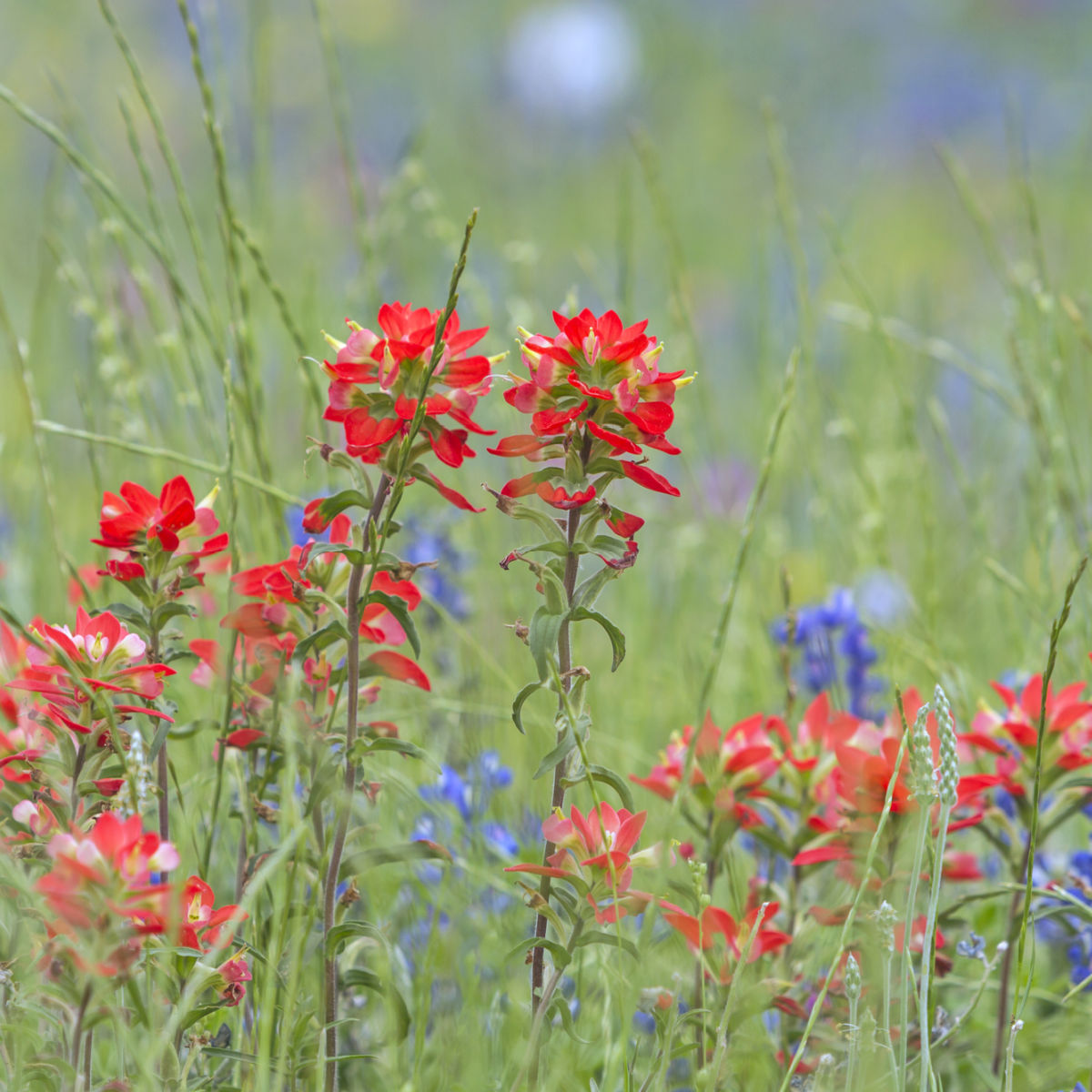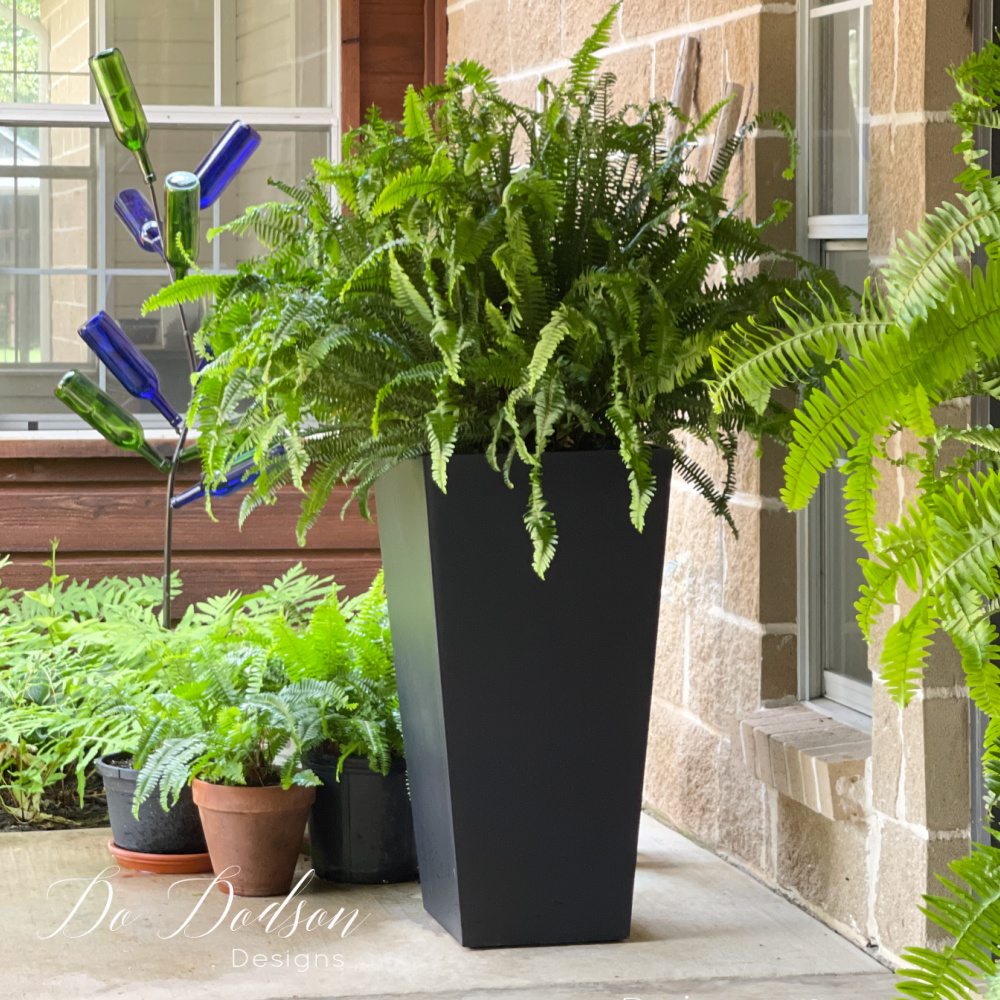What Plants Don't Like Epsom Salt and How It Affects Development
What Plants Don't Like Epsom Salt and How It Affects Development
Blog Article
Learn More About the Certain Plants That Are Adversely Affected by Epsom Salt Application
Epsom salt, a prominent home treatment for various gardening distress, is usually praised for its beneficial effects on plant development. Comprehending the details plants that can be adversely affected by Epsom salt is critical for any type of gardener looking to maximize their plant care routine.
Roses

Roses, especially conscious changes in their environment, can be adversely impacted by the application of Epsom salt. While Epsom salt is commonly utilized as a fertilizer to advertise plant growth and enhance flowering, roses are one of the plants that do not react well to its application. The high magnesium web content in Epsom salt can hinder the uptake of other necessary nutrients by the rose plants, leading to shortages that materialize as yellowing fallen leaves or stunted development.

Tomatoes
While Epsom salt is often proclaimed as a remedy for different plant concerns, consisting of blossom end rot in tomatoes, its application can lead to detrimental end results if not utilized deliberately. Too much Epsom salt, which is magnesium sulfate, can interfere with the fragile nutrient equilibrium needed by tomatoes, potentially leading to deficiencies in various other vital nutrients like calcium. When considering the use of Epsom salt on tomatoes, it is crucial to adhere to advised application prices and dirt testing to stop unintentional repercussions on the overall health and performance of these beloved yard plants.
Peppers
Peppers, revered for their numerous colors and degrees of spiciness, can show vulnerability to unfavorable influences from Epsom salt when not applied with treatment and consideration for their certain dietary requirements. what plants don't like epsom salt. Peppers, coming from the Solanaceae family, call for a delicate equilibrium of nutrients to grow. While Epsom salt is known to boost magnesium degrees in plants, too much application can disrupt this balance, resulting in adverse effects on pepper plants
When peppers are revealed to high degrees of magnesium from Epsom salt, it can interfere with the plant's capacity to absorb various other necessary nutrients like calcium and potassium. This discrepancy may show up in symptoms such as leaf discoloration, stunted growth, and decreased fruit production. Furthermore, the excessive magnesium can alter the dirt pH, additional worsening nutrient uptake problems for peppers.

Rhododendrons
Given the sensitivity of particular plant types to imbalances brought on go now by Epsom salt, it is essential to take into consideration the influence on Rhododendrons, which likewise require specific nutrient degrees to prosper. Rhododendrons are acid-loving plants that like acidic dirt problems with a pH array between 4.5 and 6.0. Epsom salt, chemically referred to as magnesium sulfate, can change the dirt pH and interfere with the delicate balance of nutrients vital for Rhododendron wellness.

To keep the optimal development and wellness of Rhododendrons, it is critical to avoid the indiscriminate use Epsom salt and rather concentrate on giving the certain acidic dirt conditions and nutrients that these plants need for thriving.
Azaleas
These preferred flowering plants are usually located in parks, landscapes, and gardens due to their appeal and flexibility. While Epsom salt is commonly utilized as a remedy for magnesium deficiency in plants, its application to azaleas can have negative effects.
Azaleas favor somewhat acidic dirt conditions, and an unwanted of magnesium from Epsom salt can interrupt this balance, leading to nutrient inequalities and prospective toxicity problems. The wrong application of Epsom salt can result in stunted development, yellowing of fallen leaves, check my source and overall decrease in the health of azaleas.
Verdict
In final thought, it is necessary to be knowledgeable about the specific plants that can be adversely affected by the application of Epsom salt. Roses, tomatoes, rhododendrons, azaleas, and peppers are some examples of plants that might not take advantage of Epsom salt and can even experience damage. It is critical to research study and understand the demands of each plant species before using Epsom salt as a fertilizer to ensure their health and wellness and health.
Understanding the specific plants that can be detrimentally impacted by Epsom salt is vital for any kind of garden enthusiast looking to enhance their plant care routine. While Epsom salt is commonly used as a fertilizer to advertise plant development and boost blooming, roses are one of the plants that do not respond well to its application.Too much use of Epsom salt can also result in a build-up of salts in the soil, leading to root damage and dehydration of the rose plants. While Epsom salt is understood to enhance magnesium levels in plants, too much application can disrupt this equilibrium, leading to unfavorable results on pepper plants.
The high salt content in Epsom salt can additionally dehydrate Rhododendron origins, causing additional stress and anxiety and damage to the plant. (what plants don't like epsom salt)
Report this page